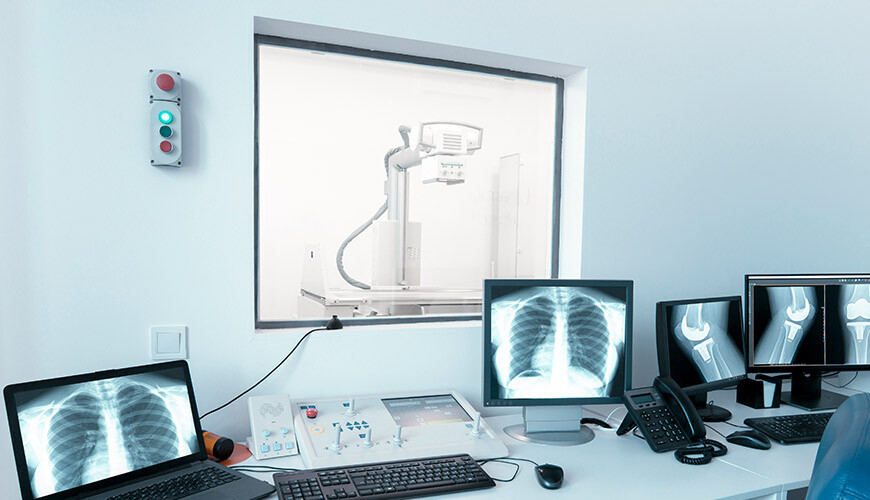Arthroscopy is a compound noun derived from Ancient Greek words “árthron” (“joint”) and “scopéôn” (“to see”) and it refers to imaging of the joints. In practice, arthroscopy can be defined as a closed surgical treatment of joint diseases with the help of a camera. Using the arthroscope, a tiny medical device with an embedded high-definition camera and lighting system, surgeons are able to observe inside of a joint in detail. The arthroscope goes inside the knee through a little hole which is 0.5cm in size and the captured images are transferred to a high-definition monitor.
Surgeon relies on these images while repairing degenerated structures during the operation. The camera on the arthroscope allows the surgeon to magnify images and zoom in miniscule details and, thus, to come up with detailed diagnosis and treatment. Another 0.5cm incision on the other side of the joint enables the surgeon to insert instruments inside the joint and carry out the operation. At this point, the surgeon operates both the camera and instruments at the same time and performs the restoration procedure by keeping an eye on the monitor. Eliminating the need for large incisions and providing a detailed treatment, arthroscopy has many advantages. Therefore, this minimally invasive surgical procedure has become one of the most preferred methods today.
Advantages of Arthroscopy
- Detailed imaging
- Comfortable and safe operation procedure
- Low risk of complications
- Quick recovery period
- Less pain
- Less visible scars
- Low risk of infection
Majority of arthroscopic interventions can be performed under local anaesthesia. Thus, patients do not have to experience the negative aspects posed by a general anaesthesia. Compared to open surgery, arthroscopy is almost painless and the little pain it may cause may be averted with ease through simple analgesic medications. Hospital stay is considerably shorter as well (while it may take up to a week in open surgery) and patients are discharged on the operation day in many cases. The advantages of arthroscopy result from the small incisions and this enables a faster recovery and return to daily life as well as a decreased risk of infection and hardly noticeable scars.
Arthroscopic Interventions
For further information on different types of arthroscopic interventions, please click on the links below.
Injuries and Diseases Suitable for Arthroscopic Intervention
Knee diseases and injuries:
- Meniscus injuries
- Ligament injuries
- Damages in cartilaginous tissues
- Synovitis
Shoulder diseases and injuries:
- Shoulder dislocation
- Rotator cuff tears
- Muscle impingement
- Extraction of loose bodies within the joint
- Movement restriction
- Rheumatic diseases
- Early-stage arthritis
Ankle diseases and injuries:
- Ankle fractures
- Tissue impingement
- Rheumatic diseases
- Early-stage arthritis
Click here for more information on knee arthroscopy.
Click here for more information on shoulder arthroscopy.
Click here for more information on ankle arthroscopy.
 EN
EN TR
TR AR
AR RU
RU